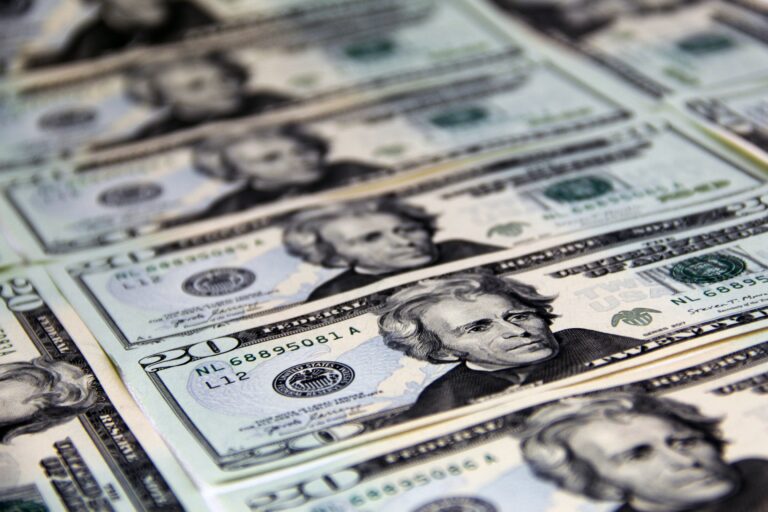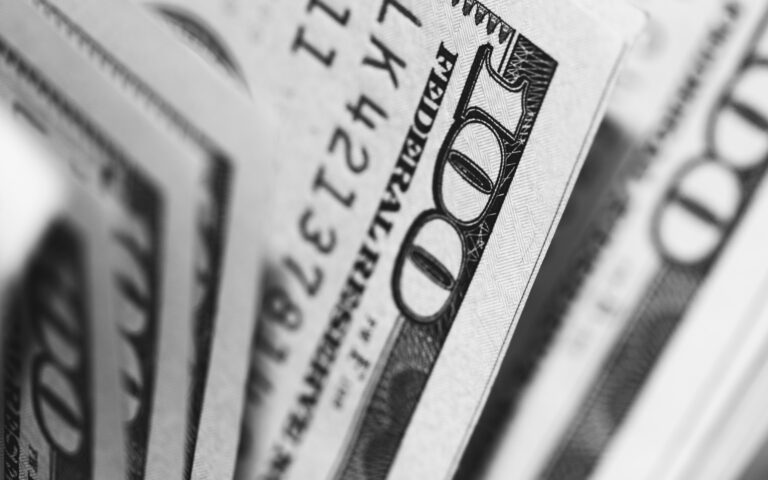
Morning Brief – The only haven
The only haven
The avoidance of a hard landing according to many projections of most economically significant geographies has undoubtedly moderated perceived financial risk. Back when recessions were forecasted and priced in as the base case to follow the interest rate hiking cycle, there was greater financial risk within the system. Despite a more sanguine outlook for global growth, we are still reminded daily of the risk that the current economic paradigm could bring. One of the best performers recently has therefore been the US Dollar. However, there is a distinct lack of competition presented to the US Dollar from the typical safehaven space. The lack of a viable safehaven alternative could spur further gains for the greenback.
The fears that are mounting regarding widespread disruption in the US labour force and a potential government shut down have stimulated further safehaven demand. This undermines the price of assets perceived as high risk, notably stocks and shares, and raises the value of assets expected to hold value better – safe havens. There is usually quite a high correlation amongst safehaven assets. The safehaven basket typically includes currencies such as USD, JPY, CHF and precious metals, most notably gold. This time around, non-USD safehaven assets are still underperforming. As yields are driven higher by deteriorating macroeconomic factors and bond issuance dynamics from the Treasury, the demand for US cash could grow, pushing the Dollar higher.
Looking at the alternative traditional safehavens struggling to keep up, it’s easy to see why the Dollar’s advance is being exaggerated. In the case of the Yen, which is heading for its third consecutive annual loss in excess of 10%, persistently loose monetary policy is leaving investors struggling to justify holding Yen cash. The new Governor of the BoJ, Kazuo Ueda, who was expected to diverge from the ultra-loose policy stuck to by his predecessor now shows no sign of moderating the Bank’s stance on interest rates. The Franc is similarly struggling with one of the lowest interest rates in the developed market space, although to a lesser extent to its Japanese counterpart. Finally, gold’s weakness is being exaggerated by its inherent denomination in US Dollars. Commodity markets typically exhibit higher volatility meaning that gold’s time to shine is likely still far off.
Discussion and Analysis by Charles Porter

Related Insights

Daily Brief – Dollar Reserves
Dollar Reserves With the passing of Trump’s original deadline for the reimposition of liberation day tariffs yesterday, markets have breathed a sigh of relief. July VIX futures continued to slide lower. Moreover, what may surprise anyone who had been expecting the issue of tariffs to resurface following the passing of Trump’s new deadline, so too […]

Daily Brief – Weren’t Tariffs USD Negative?
Weren’t Tariffs USD Negative? The Dollar proved sensitive to headlines regarding trade during the US overnight session. However, contrary to what many commentaries would have you believe, as the risk of tariffs escalated the Dollar rose. The 90-day pause following Trump’s April ‘liberation day’ tariffs had been set to expire this coming Wednesday. To the […]

Daily Brief – Big Girls Don’t Cry
Big Girls Don’t Cry A bond market tantrum and one of the sharpest one day sell offs in Sterling for several years appear to have been catalysed by the Chancellor’s appearance in PMQs yesterday. First: the back story. This Labour government has faced some embarrassment in recent weeks trying to get its welfare bill through […]


